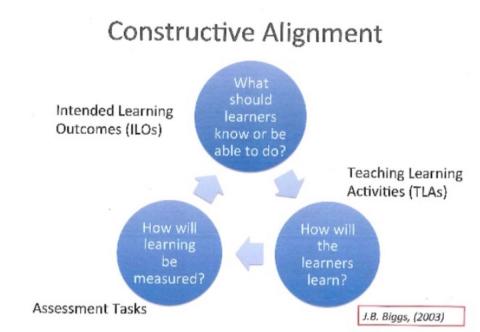Moving class assignments, tests and exams online may seem like a daunting task, much like herding cats. Luckily, that has been done - successfully!
Keep in mind the learning objectives that you have set for your course (even if these have changed since January), and the kinds of assessment tasks that you had in mind for your student to demonstrate their mastery of these. In other words, what is it that you want your students to know and be able to do by the end of the semester? Do they need to:
- be able to analyse data, and draw conclusions from it?
- be able to calculate the chemical equilibrium constant of a protein system?
- translate a text from the original Russian into English, and use cultural cues contained in the language to extrapolate the historical context in which it was written?
- demonstrate the capability to provide feedback in a client interview?
- know the most important nursing action required for paediatric patients presenting with seizures?
Then, consider how you have been/are/will be teaching the content so that your students will be able to achieve these objectives. For example, you might find that posting an asynchronous (pre-recorded) clip explaining and unpacking a particular heat transfer formula (with examples), followed by posting some practice problems for students to do synchronously (live) in Zoom Rooms or individually, depending on access, works best for your course content. You might also forward them links to specific sites on the JOVE to watch experiments that demonstrate heat transfer, and model for them how to describe and discuss both the process and the results of each.
As you are considering your teaching practices, keep thinking about how they:
- align with your objectives, and
- how they will help students to tackle the assessment tasks that you assign them.
Translated into visual terms:



